The 6 Facts about St George’s Day You Might Not Know
St. George is one of the most revered saints in history and is, of course, the patron saint of...
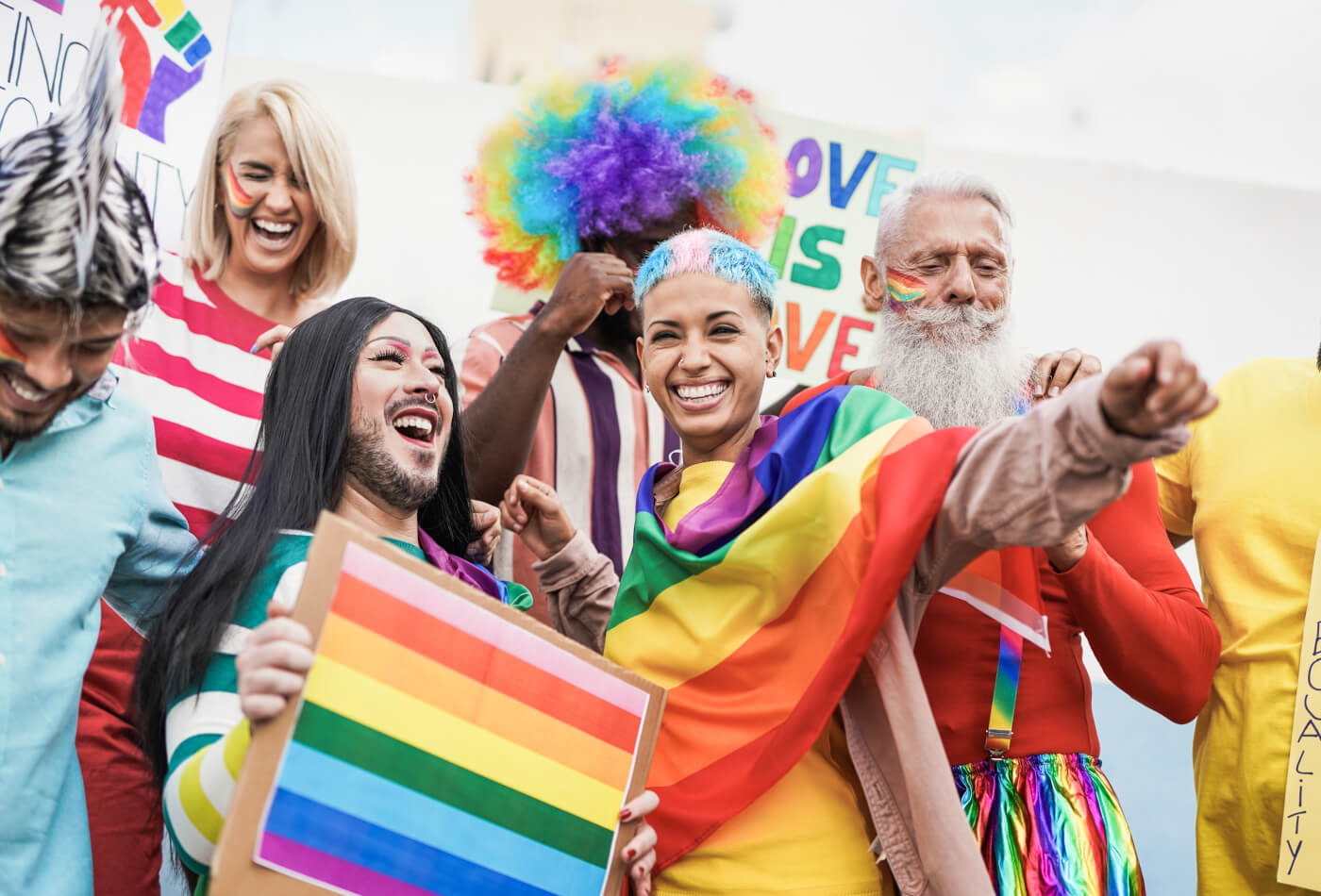
June is officially LGBTQ+ Pride Month! So, here are 9 fun Pride facts that you need to know, whether you are a member of the LGBTQ+ community or an ally!
Pride Month has been a global phenomenon since the movement started in the 1960s. Today, Pride represents individuals joining together in love and respect to acknowledge how far gay rights have come, as well as the work that still needs to be done.
If you want to find out more, read our fun facts about Pride Month…
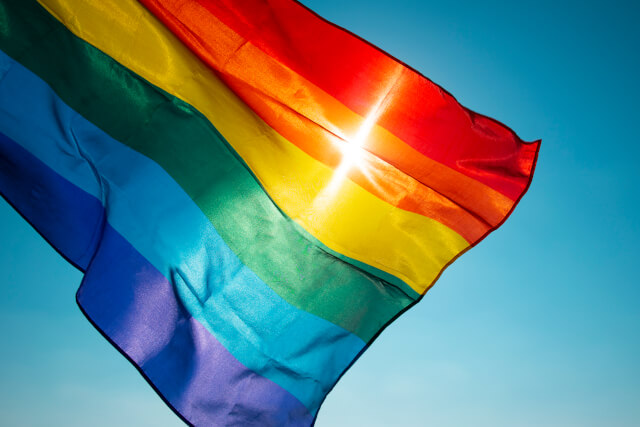
The first pride fact is on the history of the iconic rainbow flag! Gilbert Baker created the Rainbow Flag, the international symbol of LGBTQ+ communities in 1978. It was originally eight colours, but it was later reduced to six – red, orange, yellow, green, blue, and violet – by removing hot pink and blending turquoise and indigo into royal blue.
Baker was a revered drag queen and an openly gay man who later revealed that Harvey Milk, one of the first openly gay elected officials in the United States, appointed him to create a gay pride symbol.

There’s no denying that the rainbow flag is one of the most recognisable symbols of the LGBTQ+ community. But what are the meanings of each of its colours?
The original flag featured eight colours, each with its own meaning. Red symbolises life, orange represents healing, pink portrays sexuality, yellow stands for sunlight, green depicts nature, turquoise represents creativity, indigo displays harmony, and violet illustrates spirit.
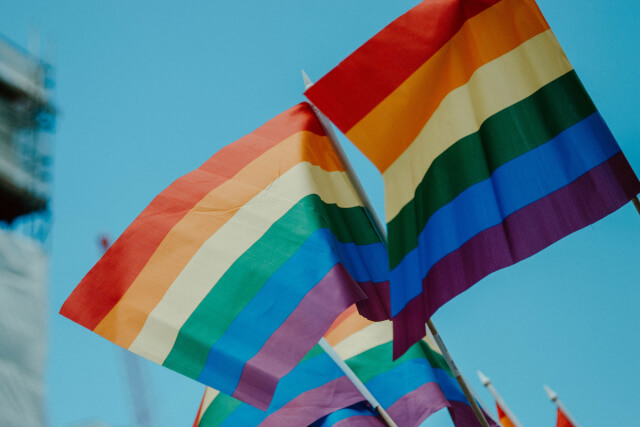
Another must-know Pride fact is that there are 20+ different LGBT+ flags. All of the flags have their own meanings, just like the colours of the Pride flag’s rainbow.
Each flag is used as a symbol of gender identities and sexual orientations. Whilst many in the LGBT+ community identify with the traditional Pride flag, ample individuals may feel like they better identify with a certain type of flag instead.
Insti has put together an up-to-date list of the different Pride flags and their meanings which is well worth viewing.

Sao Paulo’s Gay Pride Parade began with a modest 2,000 spectators in 1997, but it has since grown to millions. The Guinness Book of World Records ranked Sao Paulo’s parade as the largest Gay Pride celebration in the world in 2006, with 2.5 million attendees. It hasn’t been beaten since!
Other leading Pride parades aren’t far behind, with approximately 2 million participants in New York and approximately 1.7 million in San Francisco.
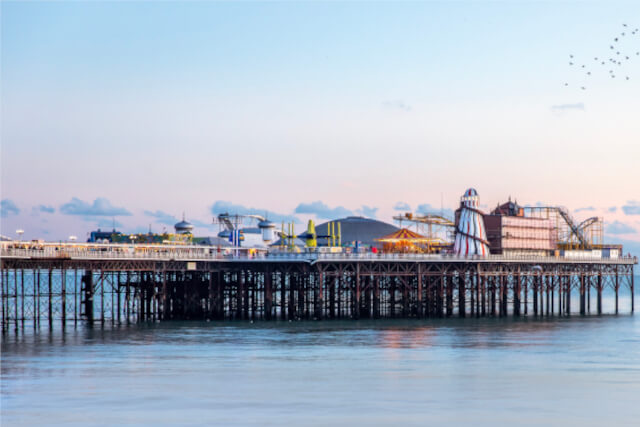
Next on our list of fun facts about Pride Month is all about Brighton! Brighton’s image as the UK’s LGBTQ capital is 200 years old, and its inhabitants are proud of it.
This vibrant hub became a secretive escape from London in the late 19th and early 20th centuries. After World War II, people wishing for a secure environment to explore their sexuality heard about Brighton’s gay and lesbian clubs and pubs.
Brighton Pride, the UK’s largest and sparkliest pride celebration, showcases Brighton’s LGBTQ+ community each August and is considered one of the best festivals in the UK. The weekend-long extravaganza begins with a raucous procession through the city’s ‘villages’ and ends with a party in Kemp Town, live music and cabaret in Preston Park and a dog show.
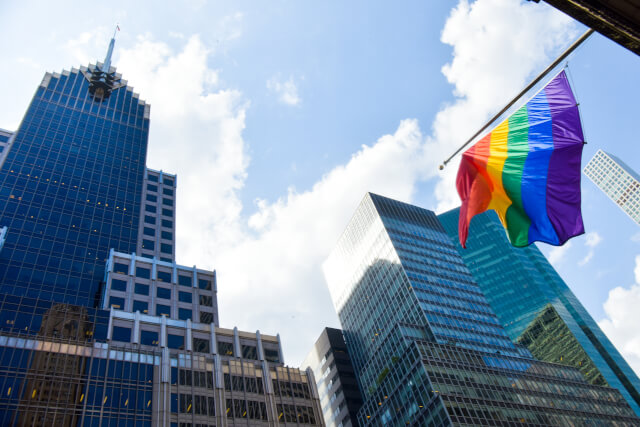
June is the month in which the Stonewall Riots of 1969 are commemorated. The Stonewall Inn, a well-known gay club in New York’s Greenwich Village, was raided by the New York City police on June 28, 1969.
This provoked a wave of protests and violent conflicts in local bars and neighbourhoods, serving as a catalyst for the global gay rights movement.
The first official Pride parade took place the following year on Christopher Street Liberation Day on the anniversary of the Stonewall Riots. Following that, in 1971, cities all around the world held Pride marches and celebrations.
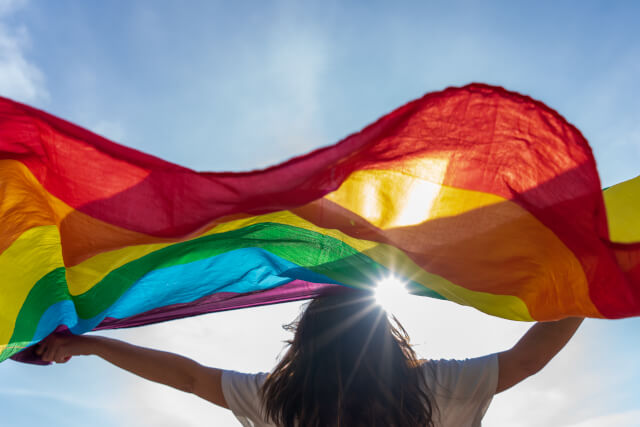
Bisexual rights activist Brenda Howard is known as the “Mother of Pride”. This is because she organised the first Liberation March on Christopher Street one year after the attack.
Brenda devised the idea of a week-long Pride Festival complete with parades, rallies, and dance parties. These celebrations have been carried out ever since!
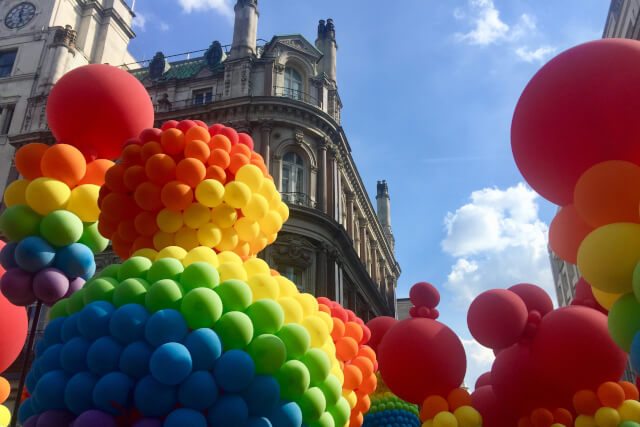
Next on our list of Pride facts is that Pride Month celebrates UK culture. Pride in the UK offers some of the best UK festivals throughout the summer months.
Many of the world’s most famous gay towns are found in the UK, including Manchester’s Canal Street and London’s Soho. However, throughout Pride Month, things reach a whole new level!
If you want to have your own fabulous Pride celebration, or simply enjoy this month on a budget, we have a few ideas. Some ways to celebrate include putting on your own parade at home, hosting a Pride dance party, and giving back to the community by getting involved in LGBTQ+ volunteering. The LGBT Foundation has great opportunities for this.
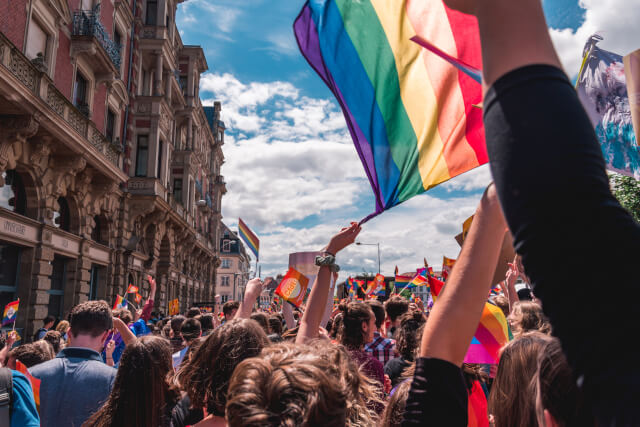
It’s impossible to escape the rainbow which engulfs the main UK cities in celebrations normally from June to August. Manchester Pride, London Pride, Birmingham Pride, and Brighton Pride provide jam-packed schedules that extend over entire weekends and beyond, with pride celebrations lasting for much longer than one day.
Here at Sykes, we are celebrating Pride Month through our Chester Pride Sustainability Partnership. Additionally, during June 2024 we will be encouraging open discussions about Pride and our people’s experiences through sessions on the history of Pride and allyship.
Celebrate Pride the right way and check out summer cottages before planning your trip with our Inspire Travel Guide. Make sure to the most out of summer and browse our blog on the best staycation destinations in the UK.
Are you on the phone to our call centre? Your Customer ID is:
Get involved in the Discussion